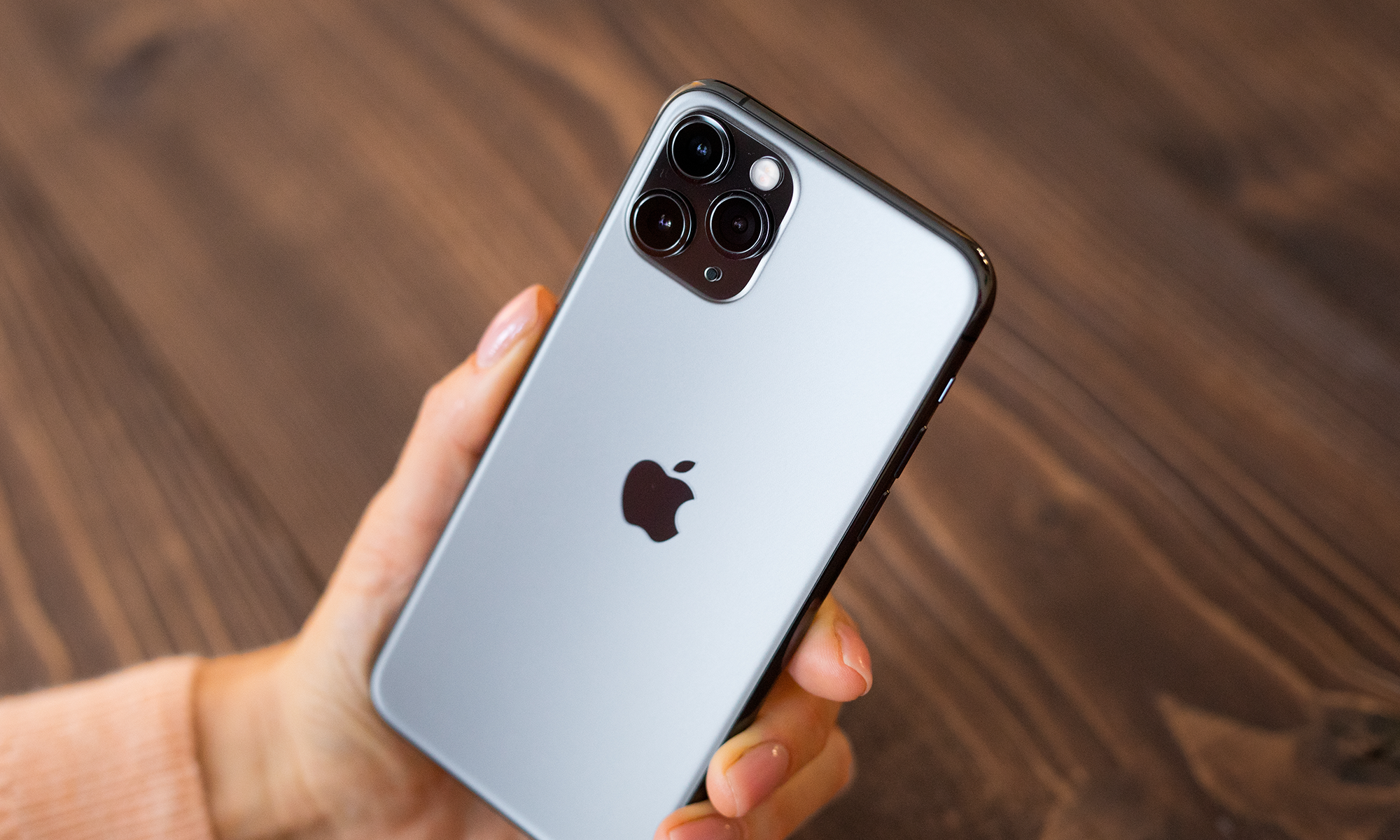Highly respected microprocessor analyst David Kanter recently posted an article on his website, Real World Tech, detailing an interesting discovery. He says Apple (AAPL +0.17%) has finally managed to design its own graphics processing unit (GPU) for integration into its A-series chips used inside both its iPhone and iPad series of products.

Image source: Apple.
Perhaps more surprisingly, Kanter says that Apple launched its first custom graphics processor design inside the A8 chip that powered the iPhone 6-series smartphones. The company has presumably iterated upon that original design with the graphics processors found inside Apple's A9 and A10 Fusion chips released in subsequent years.
Before building its own graphics processor, Apple relied on designs produced by graphics specialist and longtime Apple supplier Imagination Technologies (NASDAQOTH: IGNMF). Let's take a closer look at what Apple's custom graphics processor means for Imagination Technologies, if anything.
Imagination Technologies still in the loop
Kanter begins with an explanation of the three major components of a typical GPU:
A modern GPU, like the ones inside Apple's iPhone and iPad, has three major components that must all work together in harmony to render a scene. The first is the fixed-function graphics hardware, which is responsible for tasks like processing API commands, triangle rasterization, and raster output. The second is the shader core, which is the heart of the GPU and executes programmable shaders (e.g., vertex, geometry, pixel, and compute shaders). Last, the graphics driver is the software that runs on the CPU and ties everything together, coordinating the activities of the GPU.
According to Kanter, although much of Apple's graphics processor design is custom, there's still quite a bit of technology inside the design that comes from Imagination.
Here's Kanter with more details:
Apple's GPU appears to still use some of the PowerVR fixed-function graphics hardware. However, based on a variety of public evidence, it is clear that Apple has replaced the programmable shader cores with their own more efficient and higher performance design. To take advantage of the custom shader cores, Apple also developed their own driver and compiler to emit code for its architecture. The overall result is that while Apple's GPU shares some heritage with PowerVR, it is a unique and proprietary design.
What's interesting is that Imagination Technologies didn't report anything unusual from a licensing or royalty payment perspective as Apple transitioned from the A7 chip to the A8 chip. Indeed, during Imagination's fiscal year ended on April 30, 2015, the company reported royalty revenue growth of 9%. The company said unit shipments from non-MIPS processors -- in other words, Imagination's PowerVR graphics -- were flat year over year while the average royalty rate in non-MIPS processors went up because of "a better mix."
If Apple's move to more customized GPU technology led to a significant reduction in per-unit royalty payments to Imagination Technologies, then the company's average non-MIPS royalty rate should have gone down rather than move up 9%. Apple is a large enough customer of Imagination's that a significant content reduction in Apple's devices would lead to a large drop in non-MIPS royalty revenue.
Investment takeaway
The conclusion, at least for now, is that even though Apple has built up significant graphics technology expertise in-house, it still relies on valuable intellectual property that Imagination Technologies developed.
Since Imagination's PowerVR licensing and royalty performance have apparently been unaffected by Apple's move to a custom graphics processor, it might be reasonable to expect Imagination Technologies to continue to collect royalty payments for the foreseeable future, even as Apple continues to advance its own graphics processor designs.






